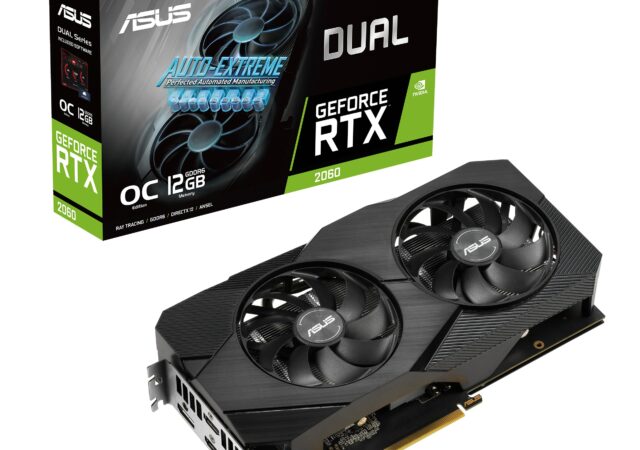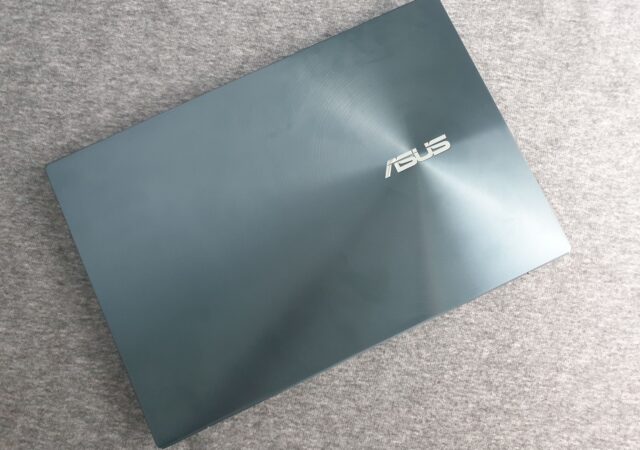ASUS launches their variant of the NVIDIA GeForce RTX 2060 GPU with 12GB of RAM in Malaysia for MYR 2,560.
The ASUS ZenBook Pro Duo In-Depth Review – Two is Better Than One?
The PC that we know today has evolved leaps and bounds from the old days. These days, while PC towers are still around, and you can buy a decent one for less than MYR 2,000, portable PCs are kings. They…




